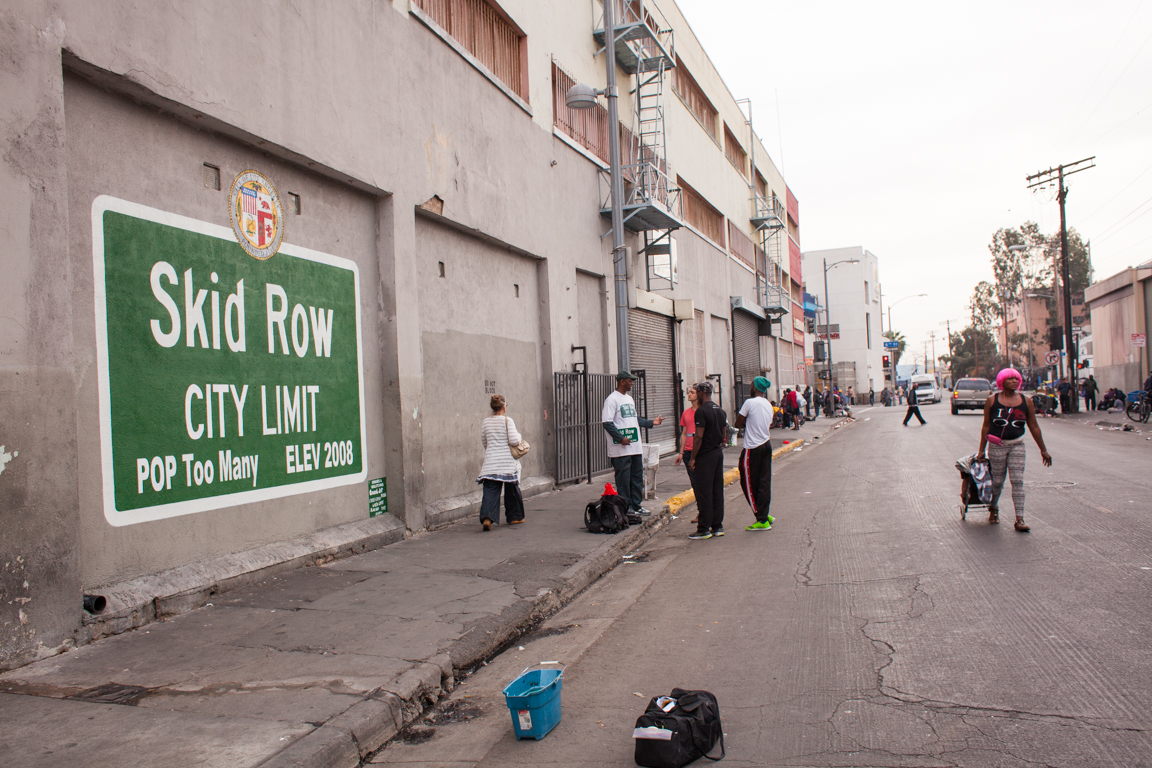[Editor’s Note: The gentleman’s remarks at last night’s City Council meeting.]
Good evening, Mayor, Councilmen, and especially the winners of the recent election.
I am here to discuss the past culture—the budget process. This is not on tonight’s agenda. The purpose here is not to cast negativity upon anyone or any past City Councils. The past is the past.
Rather, I present this to hope to change the process. I am in favor of corollaries to the issues I have observed.
Four years ago, based on past Councils’ self-imposed, long-standing rules, reserves were a healthy 40 percent of budget.
The old City Council chose to close the income-expense shortfall by recklessly covering the gap by misusing and depleting the reserves. At the current rate of spending, all of our reserves will be gone in about 4½ years.
When adding popular (populist), but unnecessary programs, they never offset one expenditure with a corresponding reduction in another expenditure. They never set any priorities.
Years ago the city had an effective Citizens Budget Committee. No more. Citizens and stakeholders have virtually no say in the budget process.
The City Council normally permits a citizen to discuss the complex $100,000,000 budget for a maximum of 180 seconds. The budget is bloated with too much spending.
The old City Council had given much of our precious reserves to public utilities; an obscene giveaway.
The old City Council never set any financial goals. Here are four examples to increase revenue, but not taxes.
The old, vacant fire station in Sunkist Park eats up maintenance costs. Meanwhile property values go down. We could have had a million dollars in cash. Instead, four years of no action and no planning.
Second – One side only of Sepulveda and one side only of Washington Boulevard have no parking meters. This has resulted in an unnecessary a financial loss for six years. There had been goals to do something about this.
Third – There were many proposals for the last six years to place ads on city busses. It would cost the city nothing to implement this. (It has only recently been completed.) Meanwhile, the city has lost hundreds of thousands of dollars. Why? No goals.
Fourth – Two years ago, department heads were asked how the city could save money. There was a presentation from each department. But there was never a followup.
Part 2 will discuss the old City Council’s insulated belief that it was self-proclaimed “financially responsible.” Budget stuffing; violating the spirit of the City Charter; lazy management—a pre-occupation with the “fairness doctrine”; the Blame Game: the economy, legislature, governor, and Supreme Court for Culver City’s fiscal debacle. Sacred cows. Primary objective of the City Council: Be popular.
Part 3 will suggest ways the city could pull itself out of its self-imposed quagmire.
Mr. Ehrlich may be contacted at PMSHA@aol.com







